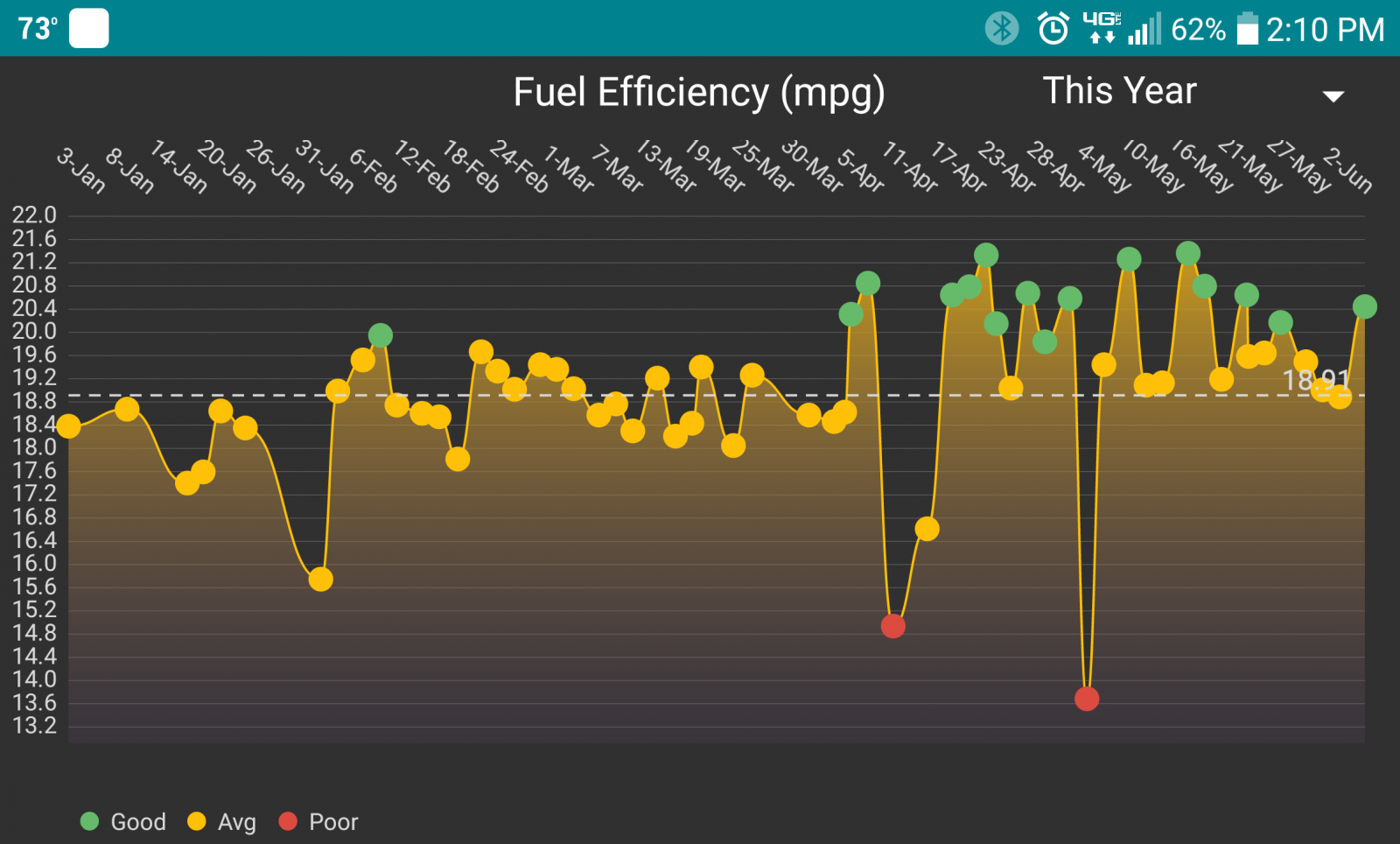
Everything posted by Mopar1973Man
-
Diff switch from 3.55 to 4.10
Either way manual or automatic both transmission basically have the same top two gears.
-
Denso Diodes
Nothing I can see here from the server side.
-
99 Ole Rusty - Cab Rust
Yup. Diesels sold before they hit the dirt... Tough to get engine stuff that way.
-
Lions and Tigers and Brazilian 53 Blocks
The salvage yards are selling the Dodge Ram trucks before they even hit the dirt. I've try a few different times and always had troubles getting lucky to even see a Dodge Ram in the salvage yards.
-
replacing trailer roof advice
In his mobile chicken coop. Gotta keep the raccoons and foxes out.
-
Denso Diodes
Either the charge stud comes out the side or out the back.
-
Bigger injectors without tuner?
You could be defeat the purpose of owning a Smarty why would you buy a Quadzilla just a monitor a Smarty timing?
-
Diff switch from 3.55 to 4.10
Like most highway not interstates are 55 to 65 MPH out here. 55 MPH is 1,800 RPM roughly then 66 MPH is perfect 2,000 RPM. Even though my 80 MPH is 2,500 RPM still beating 19.5 MPG roughly. If I set for 60 MPH it turn out 21 MPG or very close. Depends on weather, traffic, road construction.
-
replacing trailer roof advice
That self-sticking sealant patch will work for a temporary time and them leak. I had a small one on my roof it failed started leaking so I did the next best thing and never had a leak again. What I'm going to post next most will freak out. I used silicone and it sealed the leak and has remained sealed for years now. I've got 2 small holes with silicone on them no issues. Silicone bound to the rubber and not peeling or leaking. Where that patch material eventually peeled off. Another junk product I've got no love for. Eternabond White RV Rubber Roof Seal As for the peel... Dicor coatings don't last long.
-
replacing trailer roof advice
@015point9 I would just recoat that roof. Mine looks the same way. Dark spots and white coating wearing off. Just don't use Dicor Coating that crap sucks. I followed the instructions and bought over $200 worth of primer and coating to have it start to peel now 4 years later. Stuff is junk. Take soff brush or broom and soap and water and lightly wash the top of the roof. Then using a power washer with a wider angle nozzle and keeping back a foot from the roof you can power wash the roof clean. As for roof replacement for @IBMobile sad part is you'll start to peel up the existing roof and find out there is more damage. This where it end up costing more and labor intensive. You'll have to repair or replace all the damaged frame and wood. Then you can lay down a new roof rubber and make sure it glued down properly. Other than that you'll have what happen to @MnTom where his roof balloon up and peeled loose and ripped on his RV. As for roof materials I had an aluminum roof on my 1976 Dodge Jamboree motorhome and it sucked. Electrolysis ate holes in the roof metal small pin holes. Spent tons of time with sealants and all kinds of redneck idea. The worst part was the seems would open to the flexing of the body. Rubber roof at least will stretch and move for body movement and stay watertight.
-
Rear brakes locking up
Neat valve... That would be awesome to set the ratio to front and rear braking.
-
Bigger injectors without tuner?
Yup. That varies from state to state. Lucky. Just a cop hearing the Powerstroke with a whistling turbo is enough to get him to pull you over. Locally there is a change that if you delete a truck a deal will not take as a trade in. For the dealer to sell a deleted truck put him at risk of the Federal fine for selling deleted vehicles. There are some deleted but not many up here being that Boise area actually smogs diesel trucks and inspects for DPF and EGR equipment. Out where I'm at is safe for delete.
-
Blower motor
Here you go... 29 for the pair. https://www.superbrightleds.com/moreinfo/back-up-light-bulb/3156-3157-ck-led-bulb-dual-function-27-smd-led-tower-wedge-retrofit/3557/12873/?year=2002&make=22&model=1351&scc_id=1427
-
Vibration after Southbend Dual Disc Clutch installed
Absolutely. There is always somewhere better to stop. You might take on some extra damage pushing through but it well worth it in the end!
-
Bigger injectors without tuner?
My definition of smoke is anything that can be seen in your mirror as you accelerate. If you can see it so can law enforcement. The question is how dense does the smoke have to be per state to get you in trouble? Idaho, if you can see it it just gives the police a reason to pull you over because then they look at an exhibit of speed or speeding ticket. Been there done that... Didn't get the ticket but was given a harsh warning.
-
Kubota BX2380 ~ Maintenance ~ Any tips or pointers are welcome
@LiveOak would be a good one to talk to about tractors.
-
Oil Pressure Running High
Easier yet. Go get the engine nice on hot for the evening come back home. Now drop the drain plug and the oil filter. Go to bed. Get up in the morning. Install a fresh oil filter and the drain plug and load with 11 quarts. The 12 hours of drip time really does make a difference in getting all the oil out. Looks nearly factory fresh clean like the day the truck was manufactured.
-
Oil Pressure Running High
Old tymer engine flush. Been there done that...
-
Egt’s
ISSPro EV2 you can program the reaction sped of the needle to fast reacting darting type needle or slower and more average temperature reading.
-
Blower motor
Oh, maybe I shouldn't post my Max Speed log from my Quadzilla...
-
99 Ole Rusty - Cab Rust
Same here, that cab is too far gone. Always got to make sure to wash all mud and vegetation of the truck that includes flushing the cowl out. Up here with Idaho DOT using more and more salt you got to make sure the mud is nowhere on the truck. The mud holds the salt to the metal and then continues to rot the body.
-
No Start, no check engine light, no 'wait to start' - Code 1694
Then the CCD Network wire map.
-
Egt’s
Just for fun information... I've got a few 55 MPH speed zones I travel. Remember -50°F for EGT's then +1 to MPH. Killer low EGT's on flat ground at 55 MPH. Banging out roughly 28 MPG. Floating near my idle engine load. I typically idle at 11% to 13% and to be rolling at 55 MPH and that low of engine load is netting awesome MPG's.
-
NV4500 oil
Not for $15.99 a quart... It's a bit cheaper than the dealer still high. Ugh...
-
Oil Pressure Running High
Should check it hot too full engine temp.







